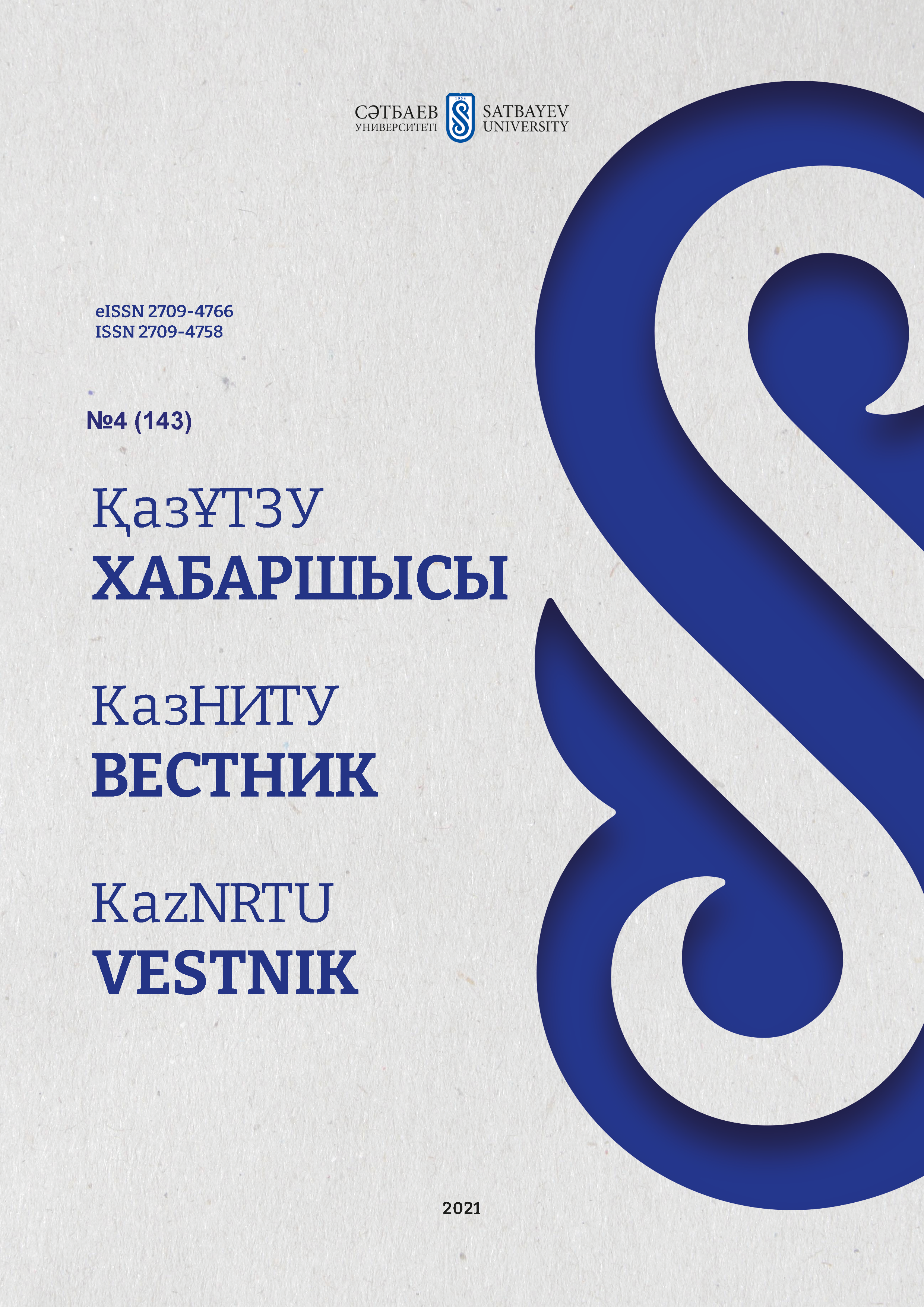Production of dissipative alloys with minimum alloy
DOI:
https://doi.org/10.51301/vest.su.2021.i4.17Keywords:
alloying, damping properties, microstructure of the alloy, sound emission, non-metallic inclusion.Abstract
The paper provides a literature review on the mechanisms of damping in alloys. The goal of the authors was to obtain the maximum damping with the minimum alloying. Samples of alloys in cast, annealed and quenched form were investigated. According to the research findings, the characteristics of the damping properties of the alloys are provided and the possible reasons for the high values of the damping parameters are explained. An analysis of the nature of non-metallic inclusions shows that very small non-metallic inclusions do not result in high damping. A very high content of medium-sized non-metallic inclusions leads to low sound emission. High alloying with elements such as Mn, Ni, Nb, Al, one percent each, 1.5% Cr, 1.5% V, 0.5% Mo, 0.5% Ti, 0.5% Cu, does not always provide increased damping properties.
Downloads
Published
How to Cite
Issue
Section
License
Copyright (c) 2021 VESTNIK KAZNRTU

This work is licensed under a Creative Commons Attribution-NonCommercial-NoDerivatives 4.0 International License.
<div class="pkpfooter-son">
<a rel="license" href="http://creativecommons.org/licenses/by-nc/4.0/"><img alt="Creative Commons License" style="border-width:0" src="https://i.creativecommons.org/l/by-nc/4.0/80x15.png"></a><br>This work is licensed under a <a rel="license" href="http://creativecommons.org/licenses/by-nc/4.0/">Creative Commons Attribution-NonCommercial 4.0 International License</a>.
</div>





